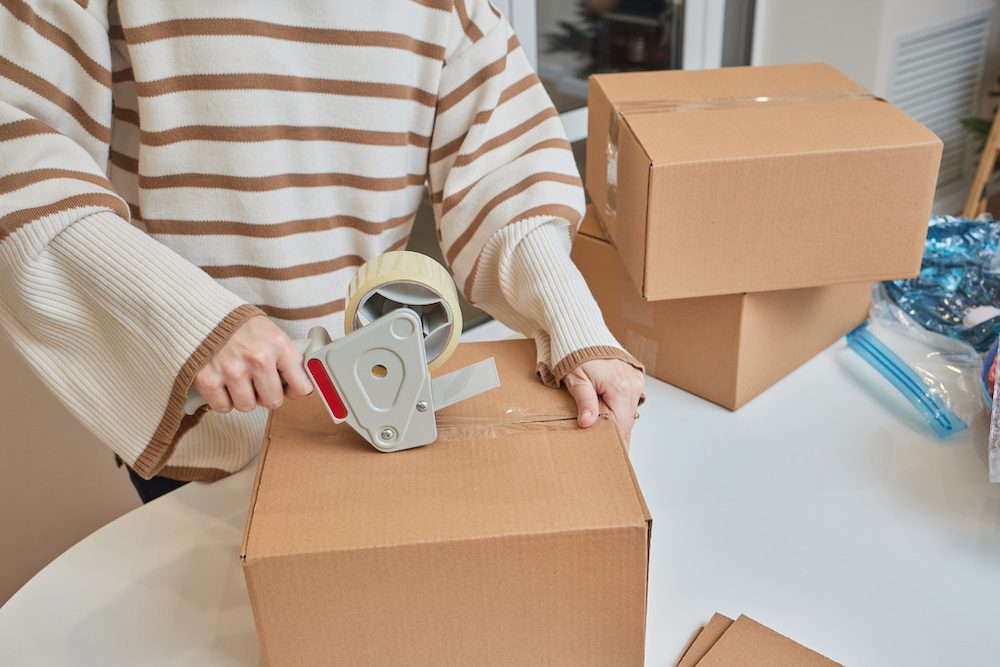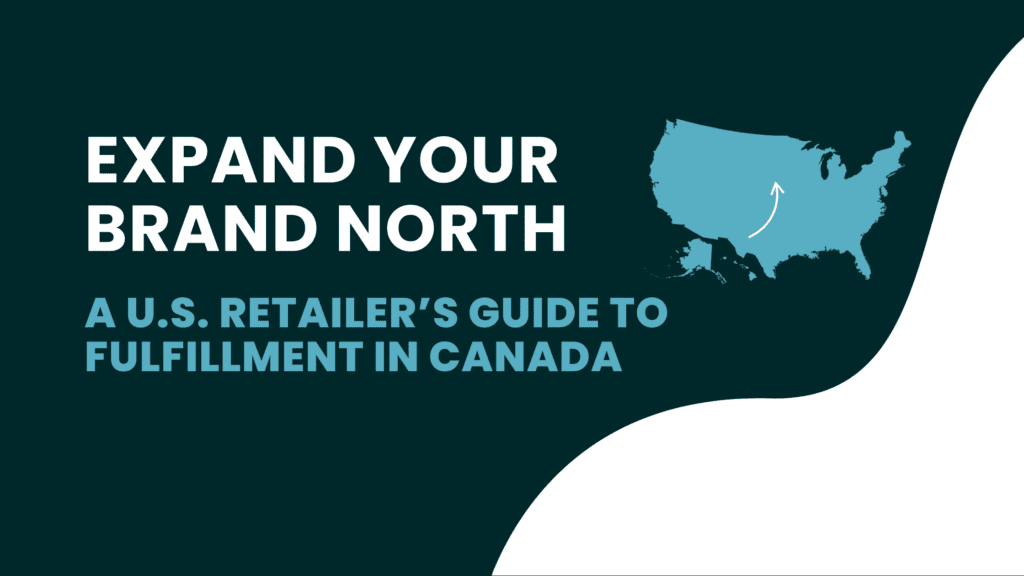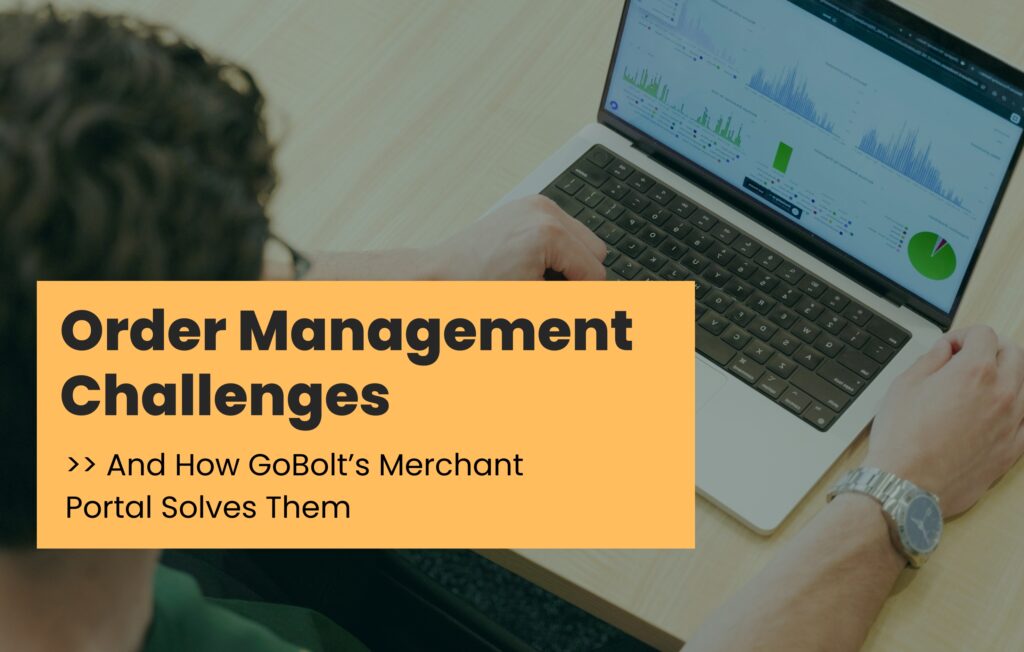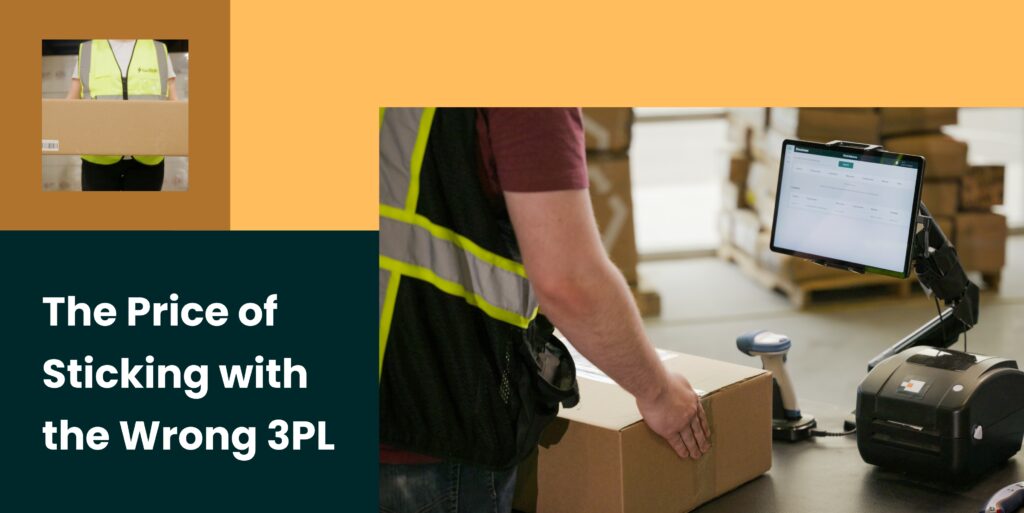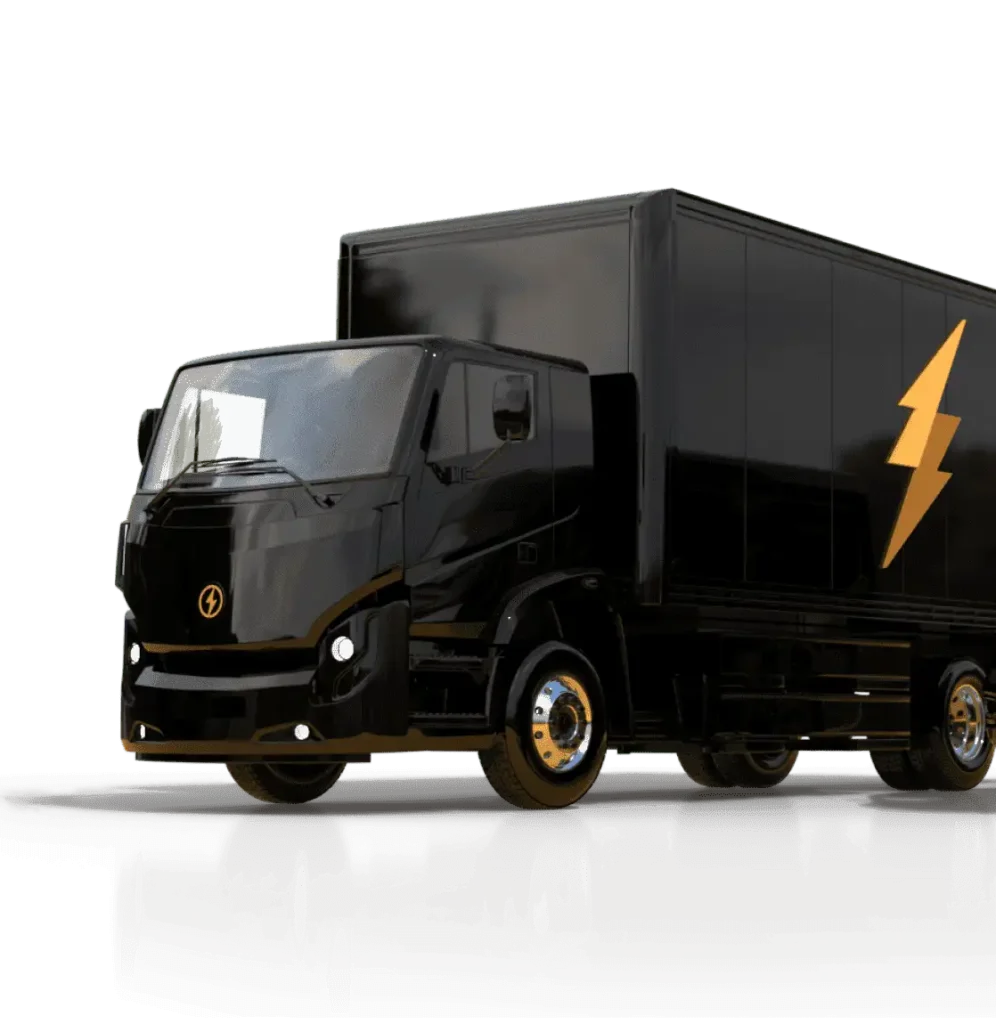Despite inflationary pressures, the National Retail Federation (NRF) is predicting record levels of holiday spending in 2023:
- Holiday sales during November and December are expected to grow between 3% and 4% over 2022, to between $957.3 billion and $966.6 billion.
- Online and other non-store sales are expected to increase between 7% and 9%, to between $273.7 billion and $278.8 billion, up from $258.8 billion in 2022.
There is one thorn in the side of this increased online spending: more purchases typically lead to more return logistics, especially around peak holiday shipping season. While shoppers have always wanted extended runway for holiday returns, today’s shoppers also expect flexible return policies 365 days a year. And if they don’t get what they want, they’re willing to walk, with over 80% saying they won’t return to shop with a brand if they encounter a negative return experience.
Relying on a 3PL provider to manage your return logistics and reverse logistics is a highly effective way to relieve the pressure on your teams to get returns processed quickly and accurately (and make sure shoppers aren’t languishing in refund limbo). But there are a few key areas you should be exploring with your 3PL to safeguard smooth returns with minimal surprises through the holiday season…and beyond.
1. How does your 3PL provider handle reverse logistics?
Reverse logistics is defined as the process of returning a product from the shopper back to the seller or manufacturer after the sale. Typically the terms reverse logistics and return logistics are used interchangeably, but at GoBolt, we make an important distinction between the two.
Reverse logistics applies to any situation where our own team goes on site to a shopper’s location to remove a big and bulky item. If you imagine a shopper returning a defective treadmill, our team will come to pick it up, ensuring it’s packaged safely for the trip back to the warehouse where the return is processed.
Return logistics more typically applies to parcels, but can encompass big and bulky items as well. In this case, a third party ensures the unwanted product gets back to the warehouse. For smaller items, the shopper applies a pre-provided shipping label and drops the unwanted parcel back at a third party location to be sent to the warehouse for processing. For big and bulky items where the pick-up address is outside a particular geographic area, we contract a carefully vetted third party to pick up the return and deliver it to our warehouse for processing.
Here are some questions you should be asking your third party logistics provider about their reverse logistics services:
- What’s the experience like for a shopper who’s returning a big and bulky item? Is the team who removes the item well trained and courteous? Do they actively protect the customer’s space from things like dirty or wet footwear?
- What precautions are in place to ensure the safety of all involved and protect the shopper’s space from damage?
- How will the goods being returned be protected during their journey back to the warehouse? For example, shrink wrapping the item can go a long way towards protecting the item from dirt, dust, and damage.
2. Make sure your 3PL provider is equipped to flex up and down with your volume
One big reason it makes sense for companies to turn to 3PL providers for peak holiday shipping season is due to the uncertainty surrounding return volumes. A brand that’s handling their own returns internally, with a projected volume of 40-50 per day, will quickly become overwhelmed if actuals surge to hundreds of returns a day. Most organizations can’t sustain doubling, or even tripling, their returns processing staff on a moment’s notice.
With a trusted third party logistics provider handling your returns, they can work with you to manage your order volumes as they increase or drop. You also eliminate the costs associated with hiring your own temp staff for busy times, storing your goods, and investing in boxes, labels, and other shipping materials.
- Make sure your 3PL provider can quickly upsize and downsize the team working on your returns to accommodate shifting demand. Of course, you’ll need to provide them with some notice so they can flex their own staff up or down.
- Ask for transparency on how your costs will ebb and flow based on volume and your unique requirements (e.g. if you require full inspection of items, plus cleaning and re-boxing upon return to the warehouse). At GoBolt, pricing structure is set up and agreed upon during contract negotiations, and we work through SOP during implementation as a client provides input around their expectations for handling products that arrive back in various states. In cases where there’s less clarity around scope of work, pricing and processes can be reviewed during the implementation phase.
- Ask whether your third party logistics provider hires temporary employees through peak shipping season and, if so, what’s the process for training those staff members on your specific brand standards and workflows to preserve SLAs and customer expectations.
- Ensure your 3PL provider is prepared for returns by having the correct special equipment on site, like clothes steamers or specialized label printers.
- Seek assurance that your 3PL provider has enough space to accommodate an unexpected uptick in returns. Come to an agreement around how long returned products can sit in their warehouse.
3. Clearly communicate your standards
The road to a poor customer experience is paved with miscommunication and assumptions. If your third party logistics provider is going to live up to the high expectations of today’s shoppers when it comes to returning products, there is critical information you need to communicate to them:
- What’s the acceptable product return period?
- What’s the criteria for a returned product to be shipped out to a new customer vs sent to a third-party for resale?
- What are the quality standards you want upheld in terms of resale? For example, with outdoor furniture, are mild changes in the color of the wood due to sun exposure acceptable, as long as there is no visible damage to the set? (Note that pictures of acceptable vs unacceptable can really help here.)
- What is the protocol for disposal of unsellable electronics or damaged goods?
- Does your 3PL logistics partner’s warehousing network work with your needs? For example, if you’re expanding operations and now take returns from the US and Canada, do they have the storage to manage it? Or will you have to look at third-party storage solutions?
- Can you save money by working with a 3PL logistics partner with a more robust network? For example, it may be more cost effective to have Canadian returns sent to two warehouses – one on the west coast and one in the east.
Small businesses who look after their own returns typically have a single person on their team who can make judgment calls in the moment. If that person leaves or gets promoted to a new role, the information goes with them. Documenting your brand’s return standards turns the information into institutional knowledge that you can easily share with your 3PL provider when the time is right.
4. Gain full transparency into how your returns are tracking
Nobody wants to be in the dark around how return logistics are going, especially during peak times. Your 3PL logistics partner should have the people and processes in place to ensure you know what’s happening and can speak directly to someone with eyes on your business in the moments that matter. Here are some things to think about in this regard:
- Can you get a walk through of the facility that will process your returns to see where and how your product is handled and get a thorough understanding before the busy season begins?
- Is there an easy, self-serve way for your team to see how returns are tracking without waiting for someone to send you a report or call you back? For example, GoBolt’s merchant portal includes a dashboard where brands can easily view the status of their returns.
- Does your 3PL provider reach out proactively to advise you of those times when your preconceived expectations might not match the reality of what they can deliver?
- If you do need to speak with a human, is there a dedicated account manager you can reach? GoBolt also employs Customer Warehouse Coordinators (CWC) who work onsite in the warehouses so they can offer the context that might be missed by someone who doesn’t have a front row seat to the action. The CWCs are assigned to specific brands, and act as the main point of contact for any warehouse inquiries, escalations or special projects. Since they are dedicated to the brand, they have the benefit of being deeply familiar with the brand’s operations and can provide quick resolutions.
- If you’ve given your 3PL logistics partner authority to process refunds on your behalf, how will they flag unexpected increases in volume? If you’re expecting 50 returns a day and they surge to 200, that’s a 4x hit to your bottom line you’ll want to know about sooner than later.
Make return to sender stress-free for all
Peak holiday shipping season guarantees a peak return logistics season is sure to follow. Nobody can fully predict which direction consumer purchasing will head in uncertain times ahead. Nor can we know which brands will experience more returns vs fewer returns. But with the right 3PL logistics partner you can keep your agility high, costs down, and returns and refunds flowing smoothly.


